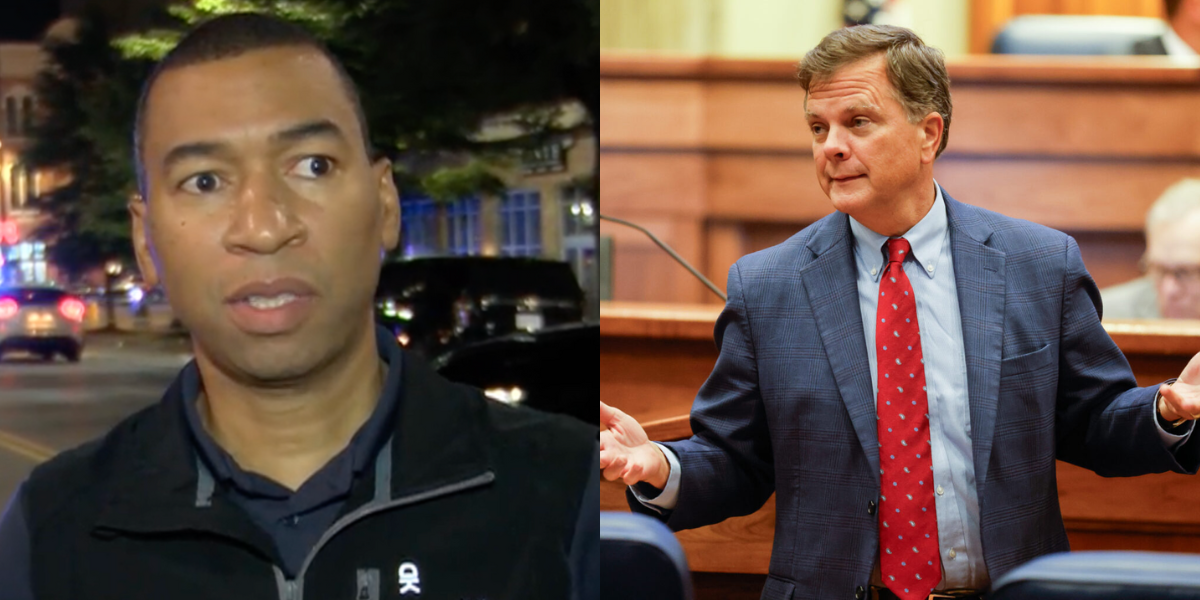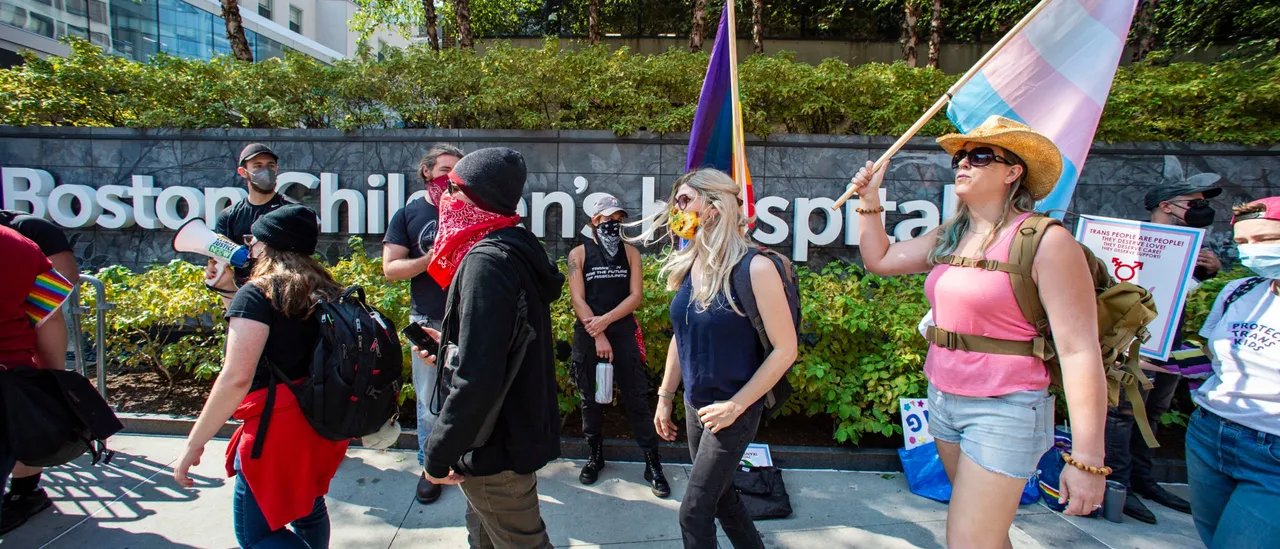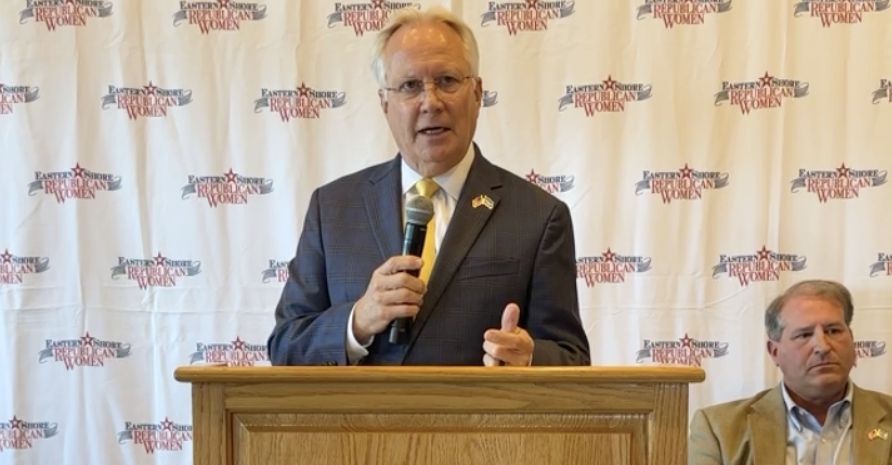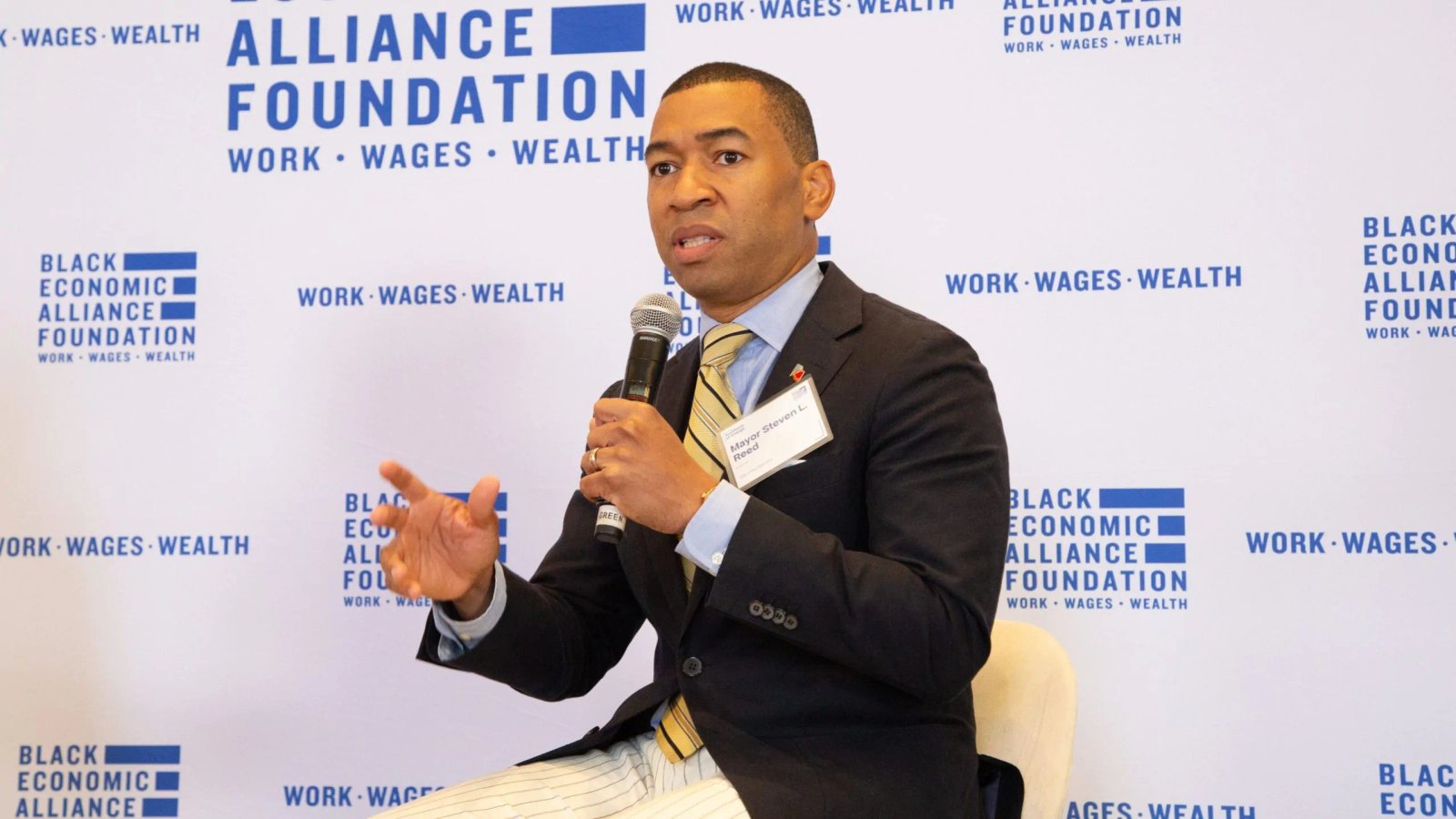Jefferson City, Missouri – Missouri lawmakers will convene for a special session aimed at redrawing the state’s congressional districts. This effort aligns with President Trump’s focus on bolstering the Republicans’ chances to hold onto Congress in the upcoming election.
The session, which will involve Republican Governor Mike Kehoe, kicks off Wednesday and is set to last for at least a week.
Missouri joins Texas and California as states pursuing mid-decade redistricting for partisan benefit. Texas was the first to initiate changes with a new map designed to help Republicans secure five more seats.
Before Texas finished its plans, California, led by Democrats, proposed its own changes with the goal of gaining five additional Democratic seats. However, California’s proposal still needs voter approval in the election on November 4th.
Other states are also examining their redistricting efforts.
On a national level, Democrats need to win three seats next year to gain control of the House. Historically, midterm elections tend to see the president’s party losing seats.
What is redistricting?
Every decade, the Census Bureau gathers population data to distribute the 435 U.S. House seats among states. A state experiencing growth compared to others might gain a seat, while states with stagnant or declining populations could lose out. Although some states have restrictions, there’s no federal law preventing redistricting in between decennial censuses.
Typically, state legislatures manage the redistricting process, which requires the governor’s approval. Some states utilize special committees for these tasks.
What is gerrymandering?
Partisan gerrymandering happens when those in charge of redistricting shape district boundaries to favor their party.
A common tactic is packing voters who support the opposing party into fewer districts, allowing the majority party to win adjacent districts more easily. Another approach is diluting the influence of the opposing party by spreading their voters thinly across several districts.
The U.S. Supreme Court ruled in 2019 that federal courts lack the jurisdiction to assess whether partisan gerrymandering has gone too far; however, state courts can tackle these issues according to their laws.
How might Missouri districts change?
Currently, Missouri has six Republican and two Democratic representatives in the U.S. House. The proposed map from Governor Kehoe aims for Republicans to secure seven seats in the 2026 elections.
The plan focuses on areas around Kansas City, which is represented by Democrat Emmanuel Cleaver, while also extending into rural, Republican-leaning regions. Portions of Cleaver’s district will be adjusted and incorporated into Republican districts represented by Mark Alford and Sam Graves. Changes in the St. Louis area will occur as well, though there will be minimal alterations in the district of Democrat Rep. Wesley Bell.
Initially, Republican lawmakers considered creating a 7-1 map when they redrew districts after the 2020 census. However, the GOP opted against it, fearing it might lead to competitive districts that could result in legal challenges and potentially allow Democrats to win several seats.
Can other states join the redistricting effort?
The Constitution mandates mid-decade redistricting in Ohio because the Republicans’ congressional map was passed without adequate bipartisan support. This could present an opportunity for Republicans to strengthen their current 10-5 advantage over Democrats.
A Utah court has instructed Republican leaders to redraw a legislative district, stating that lawmakers sidestepped an independent committee meant to limit partisan advantages. Republicans currently hold all four U.S. House seats in the state, so the new map could potentially benefit Democrats.
Other Republican-led states, such as Indiana and Florida, are exploring redistricting efforts urged by Trump. Democratic-led states like Illinois, Maryland, and New York are also discussing ways to counteract these Republican initiatives.
What else is on the agenda in Missouri?
The special session called by Governor Kehoe will also address changes to Missouri’s voting measurement processes.
A significant proposed alteration would complicate the process for citizen-led voting initiatives. If it passes the voter referendum, the state constitution will be amended to require future initiatives to achieve a majority vote statewide as well as in each legislative district.
If this standard had been in place last year, a constitutional amendment would have failed to pass despite narrowly securing a majority statewide due to voting dynamics in urban and rural areas.







